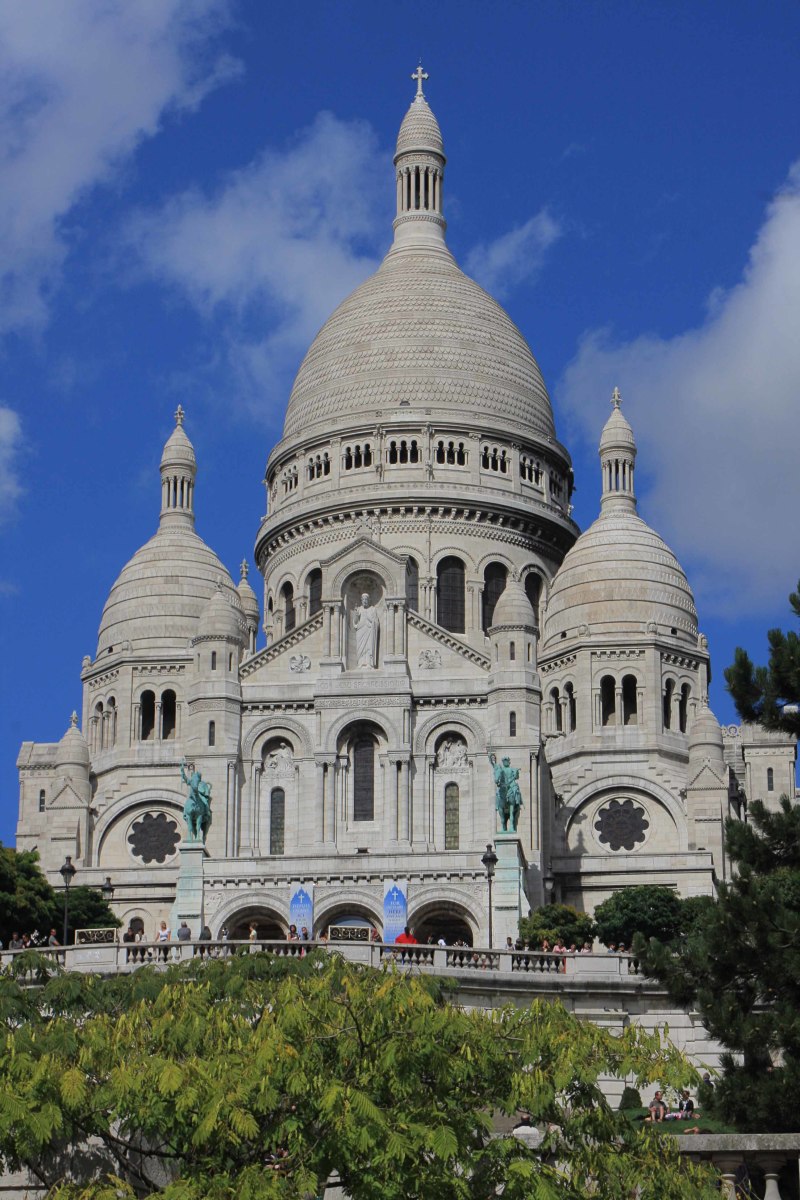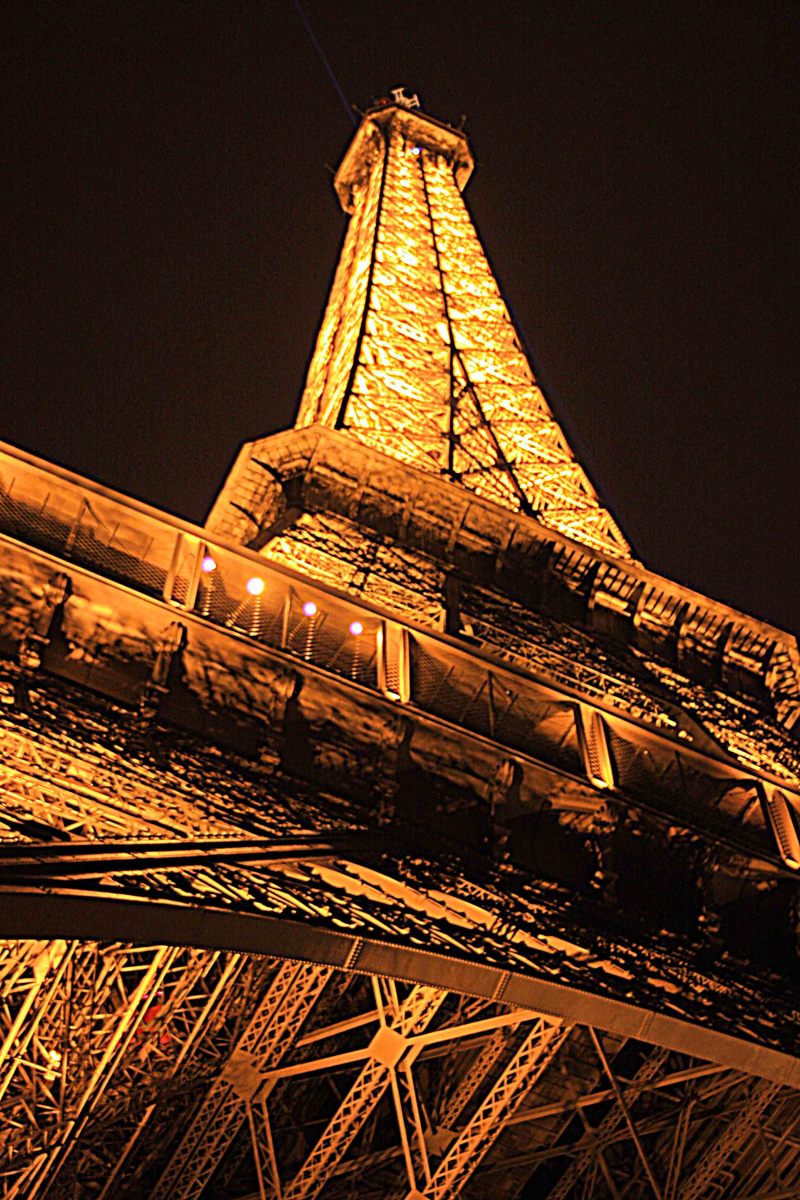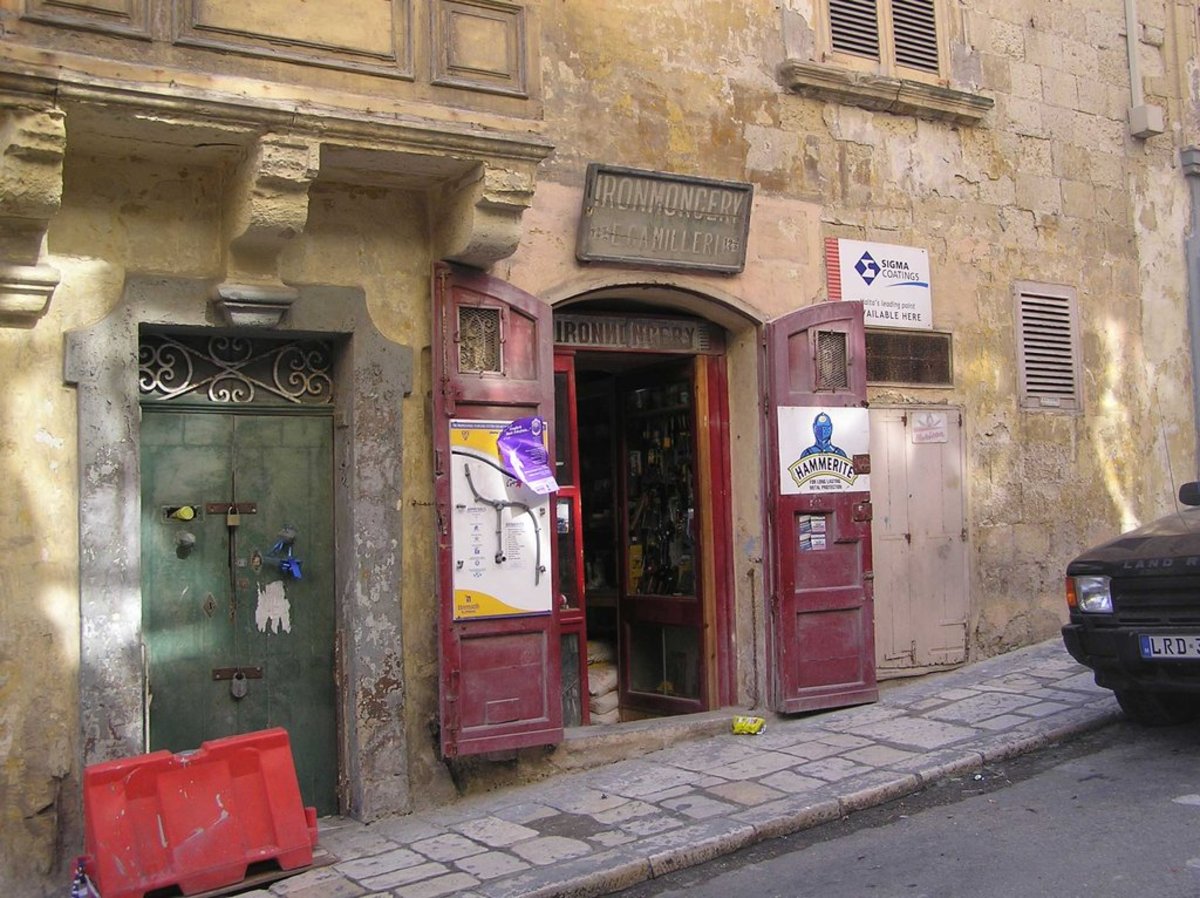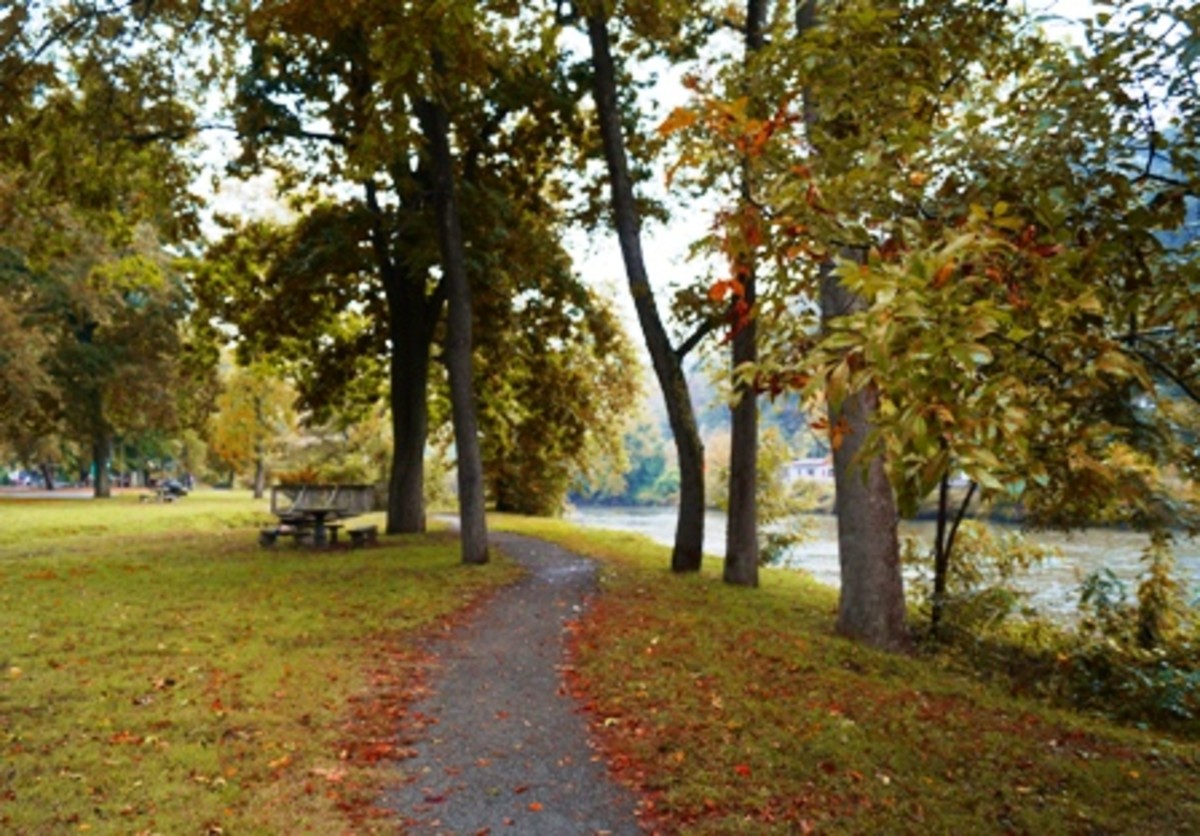Photographing Before and After
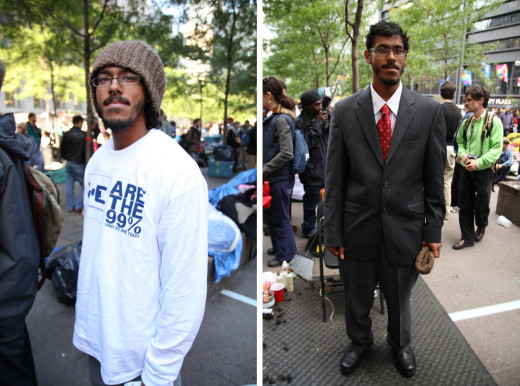
This particular theme is one which will require the aid of a digital editing software, so from the start you should have the necessary tools in order to complete it. Most programs will allow you to join two separate images to create one.
You can do this without using any digital program, but it takes more time and effort and you will loose some quality since you will have to affix both images onto a plain flat background and photograph the images made into one again.
Apart from that, the project is rather simple although like with any photographic endeavor you should be as creative as possible and often think outside the box as it were in order to get the best and more striking results.
The technique involves photographing the same subject twice. The subject can be almost anything from architecture, pets to people. Keep in mind that using people is often easier and less costly. This project is similar to other photographic projects but it has a twist all its own.
Other similar styles or techniques are documentary photography, evolution and plain before and after. Very similar yet slightly different, like many other photo techniques which often blend into each other.
We have all seem the television or print commercials in which you see a person probably dressed in shabby clothes or very casual and then the same person in a full business suits or gown.
This is what the project intends to represent but unlike just taking two photos of the same subject and displaying side by side, this time the images are literary split, not cut, down the middle of each and then are placed side by side and the images are made into one.
This is not digitally sandwiching two images. It is rather a blending of two images. You can also use a mix of film and digital; shoot two images using film, tear one or both down the middle, re- take the shots separately with the subjects being the photographs themselves, download these two images into a computer and digitally blend them.
The key is to allow some of the tear to show down the middle of the final image.There are many techniques to blend one image into another and you are just going to have to look to see which is better for you.
With people the emphasis should be to show one image of a person dressed in very casual or shabby clothing, then photograph the same person but now dressed in a full suit or in a very different attire.
There are several variations and not all have to deal with clothing styles. The same could be done with before and after pictures of hair styles, body weights, body building,with make up and without and so on.
Similar images of architectural subjects can revolve around a structure that needs some work with the images being of before the remodeling and after. Same thing with pets; before with the animal plainly posing and after like when dressed in a costume.
Similar results ca be accomplished with a split filter. This filter is split down its middle with one side allowing light to pas into the film or sensor and the other side is blacked out allowing no light to reach the film/sensor. You take one shot, reverse the filter and take the shot again, thus allowing you to show different scenes/subjects in the same frame.
Other themes would be to show the features of a woman and a man side by side to represent similarities or differences, changes in personality like a smile and a mouth full of blood; good and evil.The themes are almost endless. you just have to decide on what your images will be representative of.
Try to use the same background in both images to render a sense of continuity as it were. Different backgrounds tend to lessen the effect and distract the viewer plus it breaks the continuity of the scene.
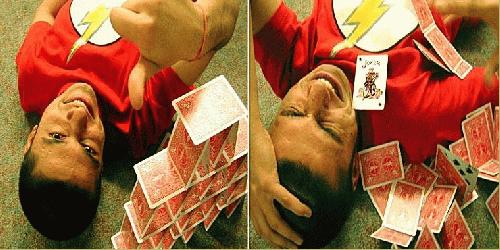
Have fun with this project and approach it from a personal perspective as if exploring another photographic technique. For commercialism the images have to be perfect and of commercially viable subjects.
Professional photo labs can do this to a point in which the images appear as if they were one from the start.
This is much better than what one can accomplish at home. Unless you are hired by a commercial enterprise, the time and cost are probably not worth the effort.
However, with that said, if you are very computer savvy and have a good digital software program, then by all means proceed and be very critical of your own work before attempting submission of the photographs to photo stock houses or photo publications.
© 2012 Luis E Gonzalez


